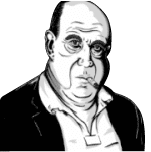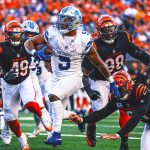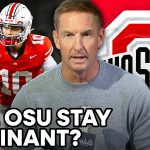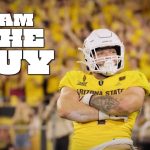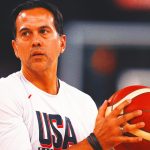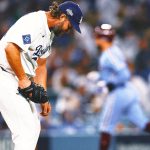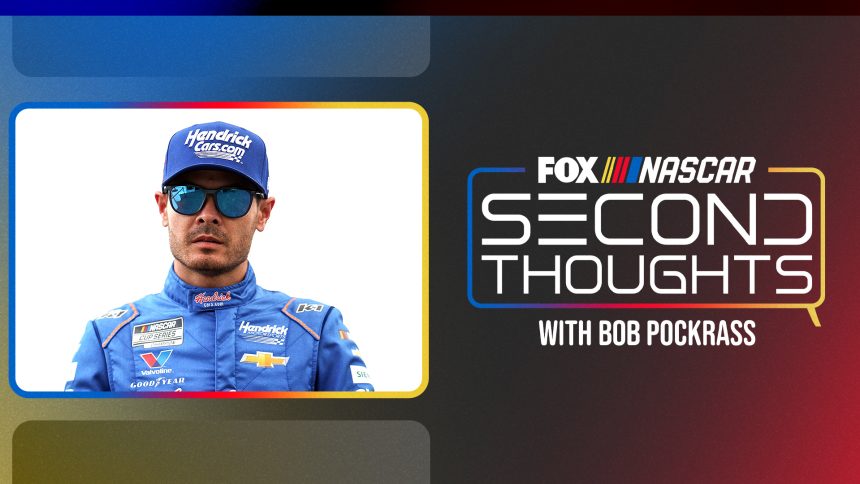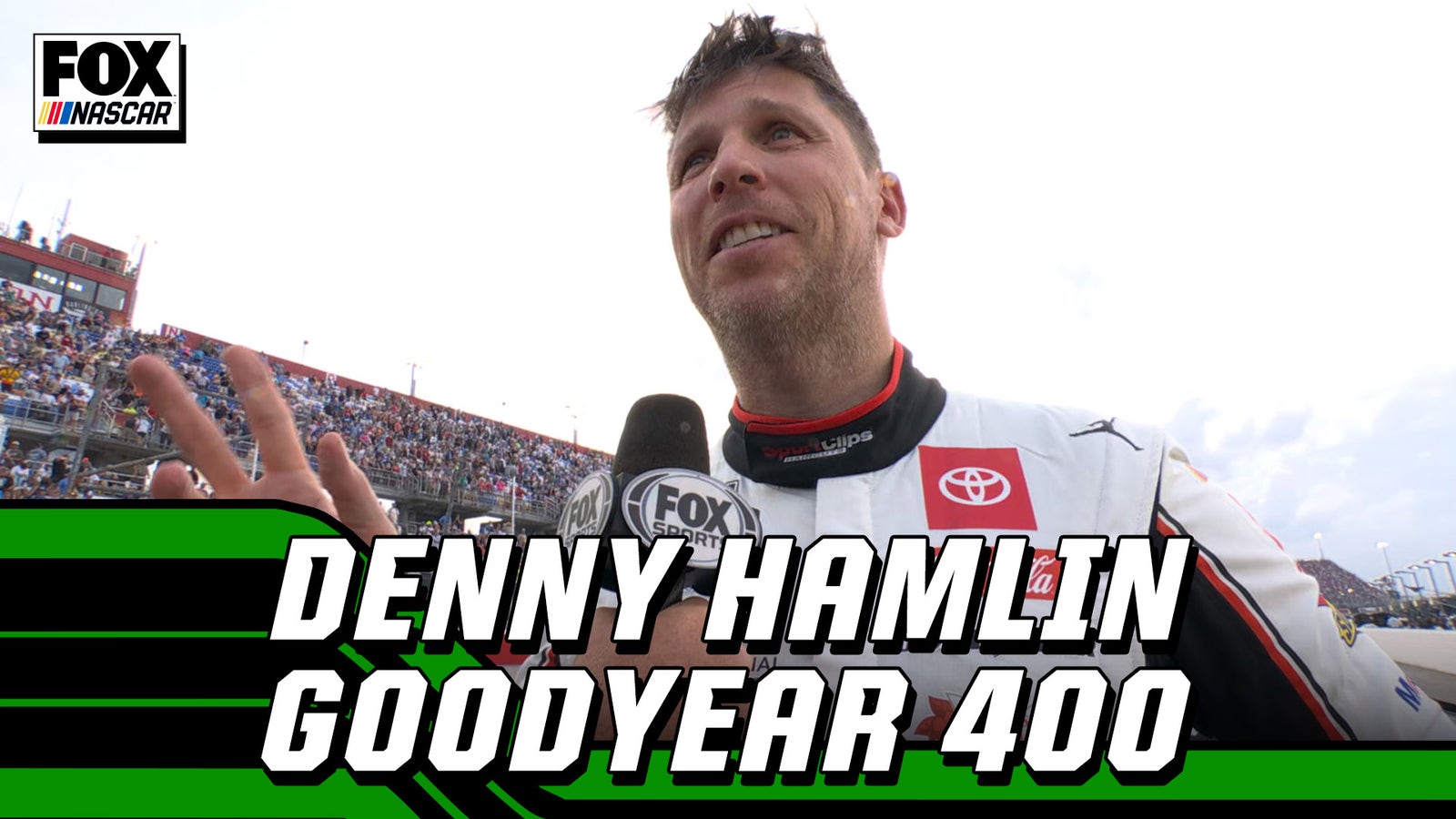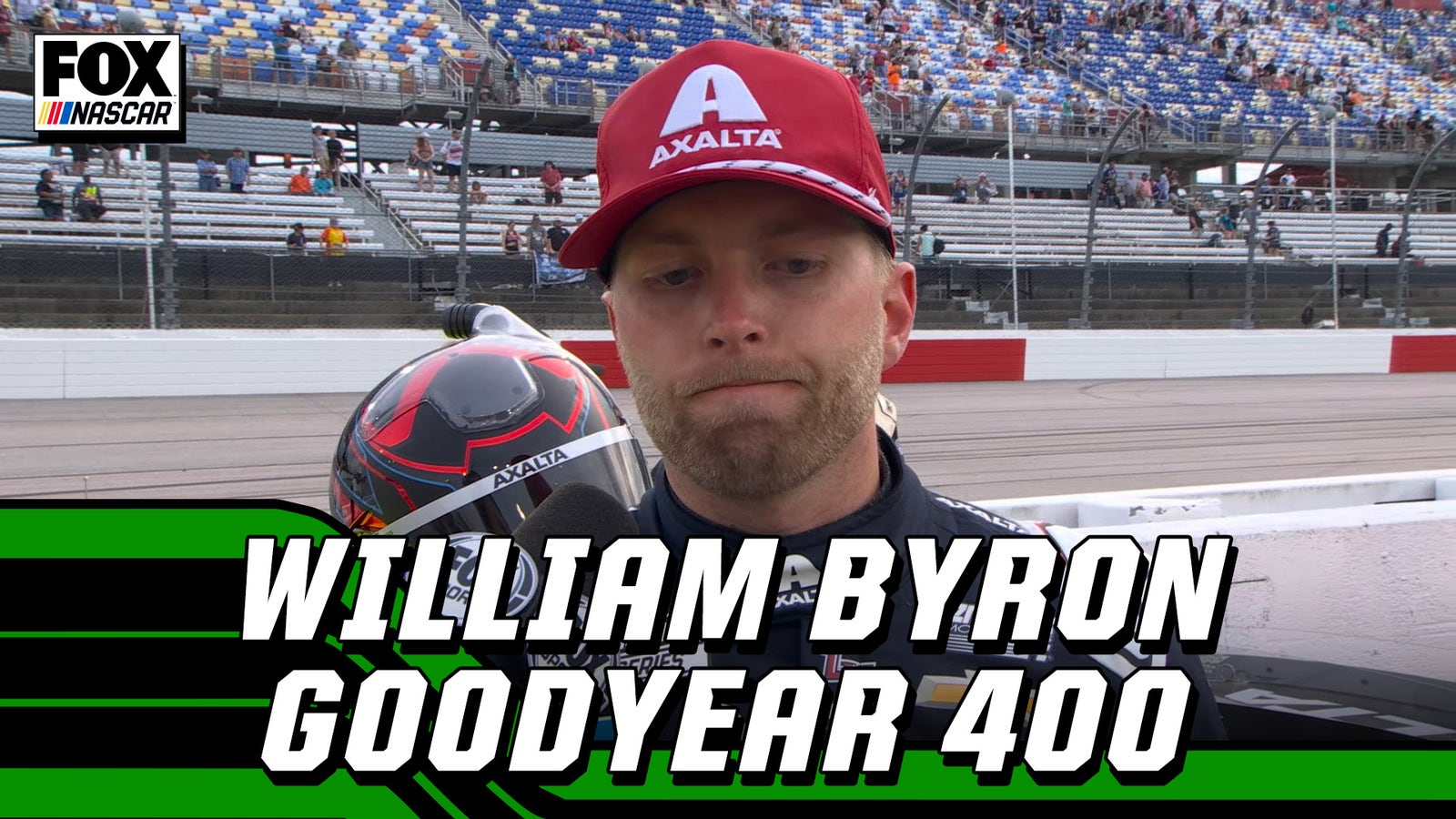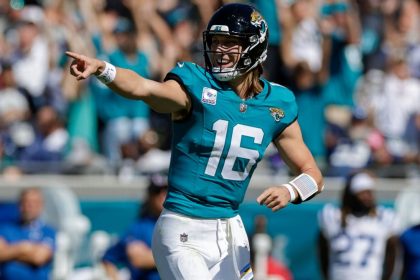Trailing the leader by 168 laps, Kyle Larson was involved in an accident that changed the outcome of the Cup race Sunday at Darlington.
A driver on the track that far behind with a repaired car? That hadn’t been seen since 2017. And that’s because the damaged vehicle policy (DVP) went into effect and teams only had a handful of minutes to repair their wrecked race cars.
After wrecking on Lap 4, Larson’s team spent nearly two hours in the garage making repairs.
By the time he got back on track, Larson could not gain enough positions to earn additional points (36th, 37th and 38th can all earn one point, and the best he could do was finish 37th). He could have earned the point for the fastest lap, but with a damaged car, that wasn’t likely.
ADVERTISEMENT
So, what exactly was Larson doing out there?
“Just getting the nose fixed up as good as it was, giving us enough of a data point of how the car was driving that we could do some things to [learn],” Larson crew chief Cliff Daniels said after the race. “I’m not really sure you know [the first time the car requirements for] what NASCAR’s take is on you come back in, you make minimum speed.
“Yes, I know there’s no points to gain [for spots], … but the way our team is built, we certainly want to come here and take the checkered flag. And the other thing we were learning, too, was with the pit cycles. Just different air pressure settings and a couple of the things we were doing with the heights of the car.”
Larson tried to stay out of everyone’s way. When he saw Tyler Reddick battling Ryan Blaney for the lead, he slowed down and went low to avoid any potential contact with Reddick. But Bubba Wallace had such a good run coming from behind Larson, that he accidentally got into the back of Larson and spun him.
Without the caution, Blaney likely wins the race. With the caution, the race was primarily determined by the pit stops that followed, where Denny Hamlin came out first and Blaney came out fourth.
So again, what was Larson doing out there?
Well, he was allowed to be out there because of a rule change this year.
NASCAR created the DVP for the previous version of the Cup car, and one of the reasons NASCAR officials limited time working on wrecked cars was to keep teams from having to do significant welding and patchwork. For years, crew members have had stories of suffering burns or having scalded fire suits from hot liquids, as well as cuts from jagged edges. The teams spent money bringing parts and pieces to the track for repairs.
With the new rule, there was none of that and few complained. Yes, it would be nice to be able to finish the race, but the juice, most of the time — but not all the time — wasn’t worth the squeeze.
With the Next Gen car and the rules specifying which parts can be replaced, NASCAR figured that only on rare occasions would there be significant repairs. So this year, it allowed teams to work on their cars.
NASCAR still has the option, if it feels the car is damaged beyond what it would consider racing condition, to retire the car from the event. But giving teams extra time to work on the cars also means getting the cars to a point where they can safely return. In these instances, there’s less likelihood that any repaired part will fail or come off the car, creating another caution.
Daniels figured that this would be a good exercise for his team — and for NASCAR — to understand what needs to be done to get a car back on track. The team was required to have certain tethers replaced and other items secured on the repaired front bumper.
“The front clip wasn’t hurt, the suspension wasn’t hurt, the steering wasn’t hurt, nothing in the radiator was hurt,” Daniels said. “It was really just the aluminum bumper bar. And that’s a lot of work just to get one of those changed. So we learned all we could and tried to maximize our day.
“The benefit of the way we handled our day, including trying to get back out and complete all the laps at the end, was almost a good dress rehearsal. If that did happen in the fall … we could probably cut our time in the garage by maybe up to 20 laps.”
Not only was Daniels aware of the possibility that they could earn a point for the fastest lap, he had his eyes looking ahead to the playoff race at Darlington in September.
So, if there ended up being overtime, the team could have tried something with air pressures or tried an adjustment to see if it impacted their lap times for a two-lap shootout.
As fate would have it, they were the reason for the overtime.
“Unfortunately, that [wreck] could have changed the scope of the race, but we still had our own thing to do and tried to maximize what we could of our day,” Daniels said.
It’s hard to argue with what Daniels was thinking.
A team shouldn’t be forced to not pursue points if it has a car capable of making speed on the track. A point could make the difference in the regular-season standings, which can also impact the number of playoff points a team earns during the season.
And going through the process always helps for the next time.
If there wasn’t a point available for the fastest lap, it could be argued that, once a car realistically can’t advance its position (technically, with unlimited overtimes, there is no set distance, and therefore it could be argued that a position could be earned) that a car should be parked. However, whether a policy should apply only to damaged cars and not to others with mechanical issues gets murky.
But with the point out there for the fastest lap, should a team be told they can’t fix the car? And beyond that, what would NASCAR do if a wrecked car earned the point for the fastest lap? Would it have to go through post-race tech to make sure any repairs didn’t put it outside the legal measurements?
The key for NASCAR is to make sure that wrecked cars don’t spoil the show and that everyone has the opportunity to maximize their day.
Should NASCAR put in a rule stating that, if the car is out for a certain number of laps — maybe half the race — it can’t return? Should it add a rule that a car has to have completed a certain amount of the race at the time it sets its fast lap in order to earn that bonus point?
Those are all possible ways to justify keeping a car out there — other than just satisfying the ego of a team that doesn’t want to have a DNF (did not finish) on its record. NASCAR sometimes needs to save teams from themselves, and if the rules say they are done for the day, then the team can feel it did everything it could to stay in the race.
The rules Sunday at Darlington didn’t have Larson done for the day.
“You come back here for the playoff opener, you don’t really want to leave things that are questions in your mind of things that you can do,” Daniels said. “The guys did such a good job to dig hard and get the car fixed with decent quality. We wanted to make the best of what that situation was.”
Daniels is right with that explanation. Larson had the right to be out there.
If anything, don’t hate the player, hate the rule. It certainly stinks for Blaney. But as they say, “that’s racing.”
Bob Pockrass covers NASCAR and INDYCAR for FOX Sports. He has spent decades covering motorsports, including over 30 Daytona 500s, with stints at ESPN, Sporting News, NASCAR Scene magazine and The (Daytona Beach) News-Journal. Follow him on Twitter @bobpockrass.
recommended
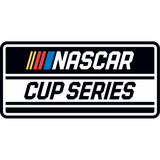
Get more from NASCAR Cup Series Follow your favorites to get information about games, news and more
